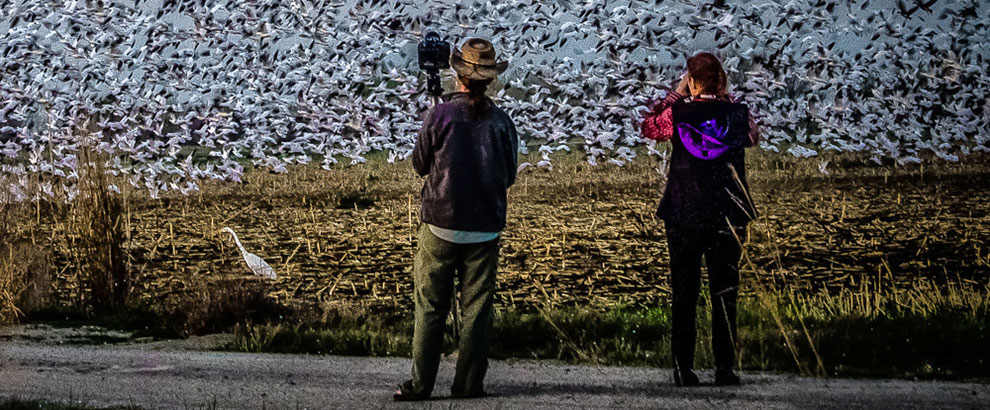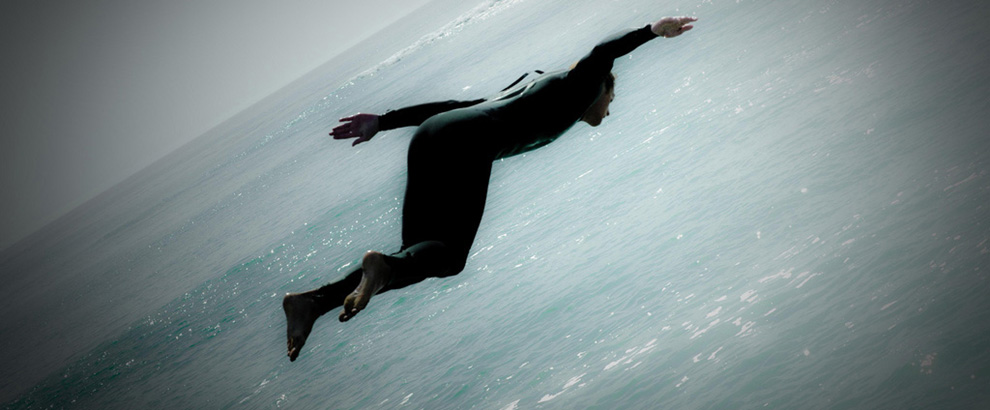
When my daughter was four or five years old, we took her to a highly touted “children’s movie” animation having to do with the escapades of a pony finding its way through fraught circumstances. I remember neither the title nor anything else to do with the plot save this: at one point, the pony was tied to a stake and thrashing helplessly as foreboding music swelled and some evil force prepared to descend upon it.
The movie ended for us right then because my daughter began to sob uncontrollably, fear and sorrow etched full upon her face. After a few murmured soothings from her mother and me proved completely fruitless, we exited the theater.
I thought back to that episode recently when finally catching up to “The Sopranos,” the multi-award-winning television series that had critics of the time swooning, but which I completely missed during its 1999-2007 run...
Read More











Recent Comments